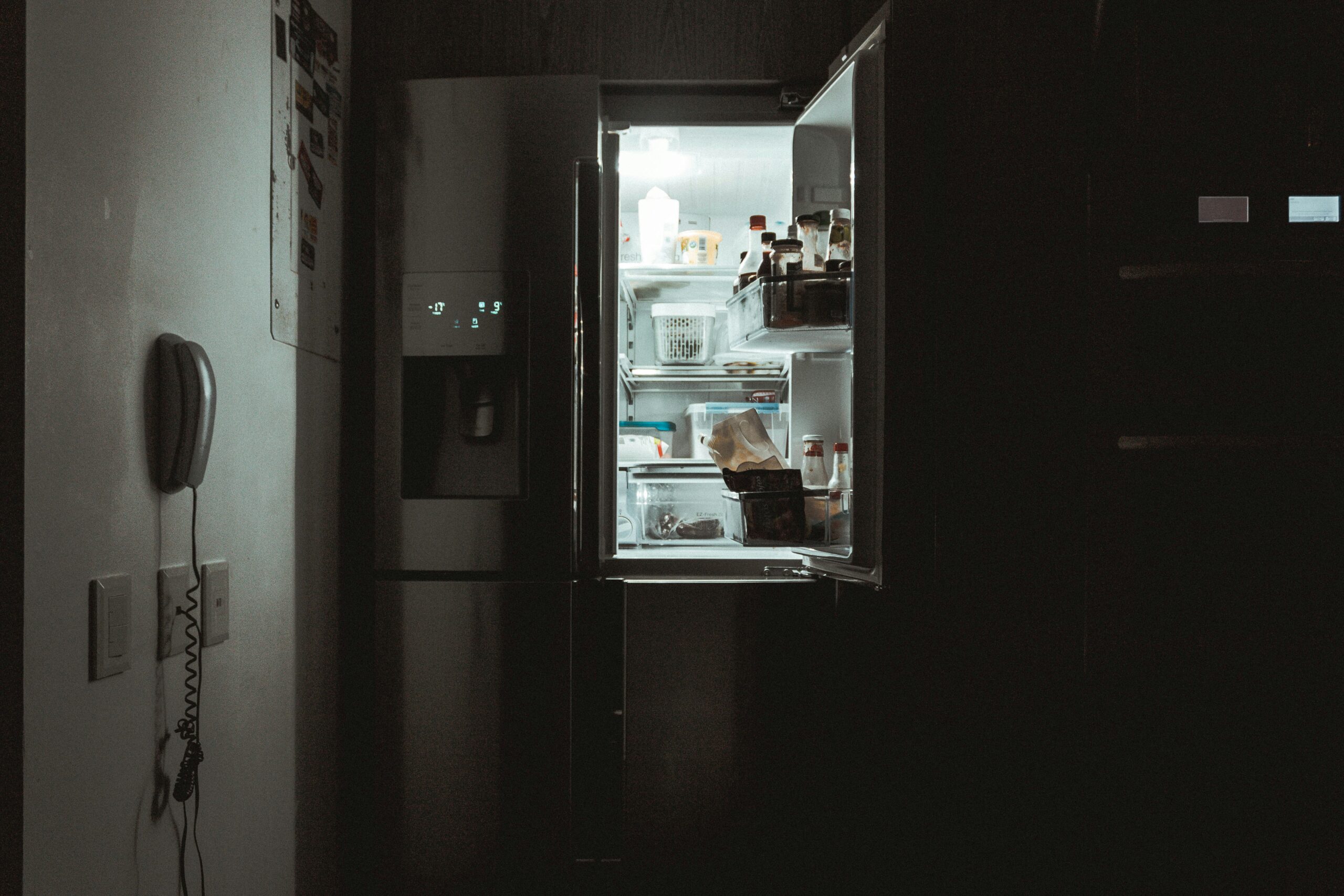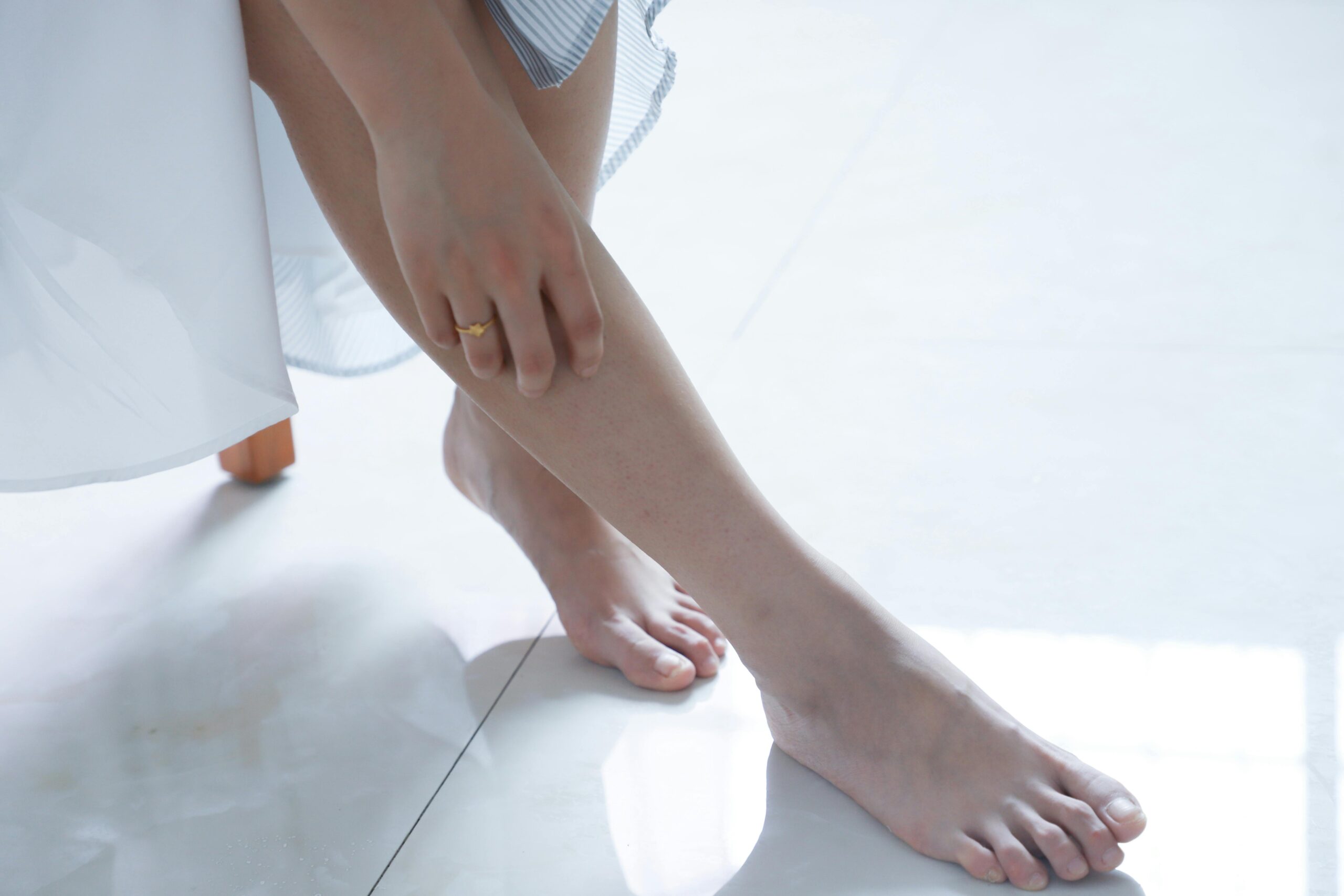Cleaning a chimney is a crucial task for ensuring the safety and efficiency of your fireplace or wood stove. Over time, creosote, soot, and other debris can build up inside the chimney, posing a fire hazard and reducing airflow. This comprehensive guide will take you through the process of cleaning a chimney, from preparation to execution, and include an extensive FAQ section to address common questions and concerns.
Importance of Regular Chimney Cleaning
Regular chimney cleaning is essential for several reasons. It reduces the risk of chimney fires, which can occur when creosote builds up and ignites. It also improves the efficiency of your fireplace or stove by ensuring proper airflow, and it helps prevent harmful gases, such as carbon monoxide, from entering your home.
Preparing for Chimney Cleaning
Safety Precautions
Before starting the cleaning process, take the following safety precautions:
- Ensure the fireplace or stove is completely cool.
- Wear protective gear, including gloves, goggles, a dust mask, and old clothing.
- Cover the area around the fireplace with drop cloths or plastic sheeting to protect your home from soot and debris.
- Inform family members about the cleaning process to keep them safe and out of the way.
Gathering Supplies
You will need the following supplies to clean your chimney:
- Chimney brush (appropriate size for your chimney)
- Extension rods or ropes (for chimney brush)
- Drop cloths or plastic sheeting
- Shop vacuum or dustpan and broom
- Protective gear (gloves, goggles, dust mask)
- Flashlight
- Ladder (if cleaning from the roof)
- Chimney cleaning chemicals (optional)
Inspecting the Chimney
Visual Inspection
Perform a visual inspection of your chimney before cleaning. Look for signs of creosote buildup, cracks, or damage in the chimney liner. Check the chimney cap and crown for any damage or debris that could block the chimney.
Checking for Blockages
Ensure there are no blockages, such as bird nests, leaves, or other debris, in the chimney. Use a flashlight to look up the chimney from the fireplace or stove and down the chimney from the roof.
Cleaning the Chimney
Top-Down Method
- Set Up Your Work Area: Place drop cloths or plastic sheeting around the fireplace to catch falling debris.
- Access the Roof: Safely use a ladder to access the roof. Ensure you have stable footing and use fall protection if necessary.
- Remove the Chimney Cap: Carefully remove the chimney cap and set it aside.
- Attach the Chimney Brush: Attach the chimney brush to the extension rods.
- Insert the Brush: Insert the brush into the chimney and push it down, scrubbing the walls as you go.
- Extend the Rods: Add extension rods as needed to reach the bottom of the chimney.
- Scrub Thoroughly: Move the brush up and down, scrubbing the entire length of the chimney.
- Remove the Brush: Carefully remove the brush and rods from the chimney.
- Clean the Cap: Clean the chimney cap with a brush and reattach it to the chimney.
- Clean Up: Use a shop vacuum or dustpan and broom to clean up the debris that fell into the fireplace.
Bottom-Up Method
- Set Up Your Work Area: Place drop cloths or plastic sheeting around the fireplace to catch falling debris.
- Remove the Damper: If possible, remove the damper to allow easier access to the chimney.
- Attach the Chimney Brush: Attach the chimney brush to the extension rods or rope.
- Insert the Brush: Insert the brush into the chimney from the bottom.
- Scrub Thoroughly: Move the brush up and down, scrubbing the walls as you go.
- Extend the Rods: Add extension rods or use the rope to reach the top of the chimney.
- Remove the Brush: Carefully remove the brush and rods or rope from the chimney.
- Clean the Damper: Clean the damper and reattach it if it was removed.
- Clean Up: Use a shop vacuum or dustpan and broom to clean up the debris that fell into the fireplace.
Dealing with Creosote Buildup
Understanding Creosote
Creosote is a highly flammable byproduct of burning wood. It can accumulate inside the chimney and cause a fire hazard. Creosote forms in three stages:
- Stage 1: Flaky, easy-to-remove creosote.
- Stage 2: Brittle, crunchy creosote that is harder to remove.
- Stage 3: Glazed, tar-like creosote that is extremely difficult to remove.
Removing Creosote
- Mechanical Cleaning: Use a stiff chimney brush to scrub away stage 1 and stage 2 creosote. For stage 3 creosote, you may need to use specialized tools or chemicals.
- Chemical Cleaning: Apply chimney cleaning chemicals according to the manufacturer’s instructions. These chemicals can help break down creosote, making it easier to remove.
Inspecting and Maintaining the Chimney Cap and Crown
Cleaning the Chimney Cap
Regularly inspect and clean the chimney cap to ensure it is free of debris and functioning properly. Remove any bird nests, leaves, or other blockages.
Inspecting the Chimney Crown
Check the chimney crown for cracks or damage. Repair any cracks with a suitable sealant to prevent water from entering the chimney.
Chimney Liner Maintenance
Inspecting the Chimney Liner
Regularly inspect the chimney liner for cracks, corrosion, or other damage. A damaged liner can allow heat and gases to escape, posing a fire hazard.
Cleaning the Chimney Liner
Use a chimney brush that is appropriate for your liner material (metal, clay, etc.) to clean the liner. Follow the same top-down or bottom-up method for cleaning.
Professional Chimney Cleaning
When to Hire a Professional
Consider hiring a professional chimney sweep if:
- You have a significant creosote buildup.
- You’re uncomfortable with heights or the cleaning process.
- Your chimney has complex configurations or multiple flues.
- You suspect structural damage.
Finding a Qualified Chimney Sweep
Look for a certified chimney sweep through organizations like the Chimney Safety Institute of America (CSIA) or the National Chimney Sweep Guild (NCSG). Check reviews and ask for references.
Regular Chimney Maintenance Tips
Annual Inspections
Schedule annual chimney inspections to identify and address any issues before they become serious.
Burn Properly Seasoned Wood
Burn only properly seasoned wood to reduce creosote buildup. Avoid burning wet or green wood, which produces more creosote.
Use a Chimney Cap
A chimney cap prevents debris, animals, and water from entering the chimney, reducing the risk of blockages and damage.
Install a Carbon Monoxide Detector
Install a carbon monoxide detector in your home to alert you to dangerous levels of this odorless, colorless gas.
Common Chimney Problems and Solutions
Smoke Backing Up into the House
If smoke backs up into your house, check for blockages in the chimney, ensure the damper is open, and confirm there is sufficient ventilation. Have your chimney inspected if the problem persists.
Unpleasant Odors
Unpleasant odors can be caused by creosote buildup, moisture, or blockages. Clean your chimney regularly and address any water leaks.
Water Leaks
Water leaks can damage your chimney and home. Ensure the chimney crown and flashing are in good condition and properly sealed.
Frequently Asked Questions (FAQ)
How often should I clean my chimney? It’s recommended to clean your chimney at least once a year, or more often if you use your fireplace or stove frequently.
What is creosote, and why is it dangerous? Creosote is a highly flammable byproduct of burning wood. It can accumulate in your chimney and pose a significant fire hazard.
Can I clean my chimney myself, or should I hire a professional? You can clean your chimney yourself if you’re comfortable with the process and have the necessary tools. However, hiring a professional is recommended for thorough cleaning and inspections.
How do I know if my chimney needs cleaning? Signs that your chimney needs cleaning include reduced draft, smoke backing up into the house, and a strong odor coming from the fireplace.
What tools do I need to clean my chimney? Essential tools include a chimney brush, extension rods or ropes, a shop vacuum, protective gear, and a ladder.
Is chimney cleaning messy? Yes, chimney cleaning can be messy. Protect your home by covering the area around the fireplace with drop cloths or plastic sheeting.
Can I use chemicals to clean my chimney? Yes, chimney cleaning chemicals can help break down creosote and make it easier to remove. Follow the manufacturer’s instructions carefully.
What should I do if there are animals in my chimney? If you find animals in your chimney, contact a professional wildlife removal service. Do not attempt to remove them yourself.
How do I prevent creosote buildup? Burn properly seasoned wood, avoid burning trash or treated wood, and ensure your fireplace or stove has adequate airflow.
What is a chimney liner, and why is it important? A chimney liner protects the chimney walls from heat and corrosive byproducts of combustion. It also improves the chimney’s efficiency and safety.
How can I tell if my chimney liner is damaged? Look for cracks, corrosion, or pieces of the liner in the fireplace. A professional inspection can also identify liner damage.
What is the difference between a top-down and bottom-up chimney cleaning method? Top-down cleaning involves cleaning from the roof down to the fireplace, while bottom-up cleaning starts from the fireplace and goes up the chimney.
Can I burn coal in my wood-burning fireplace? No, coal produces more creosote and requires a chimney designed for coal burning. Use only the fuel type recommended for your fireplace.
How do I clean the chimney cap? Remove the cap and clean it with a brush to remove any debris. Ensure it is in good condition before reattaching it.
Why is my chimney crown important? The chimney crown seals the top of the chimney, preventing water from entering and causing damage.
How do I repair a cracked chimney crown? Use a suitable masonry sealant to fill and seal any cracks in the chimney crown.
What is the best way to store firewood? Store firewood in a dry, well-ventilated area, off the ground, and covered to protect it from moisture.
How do I know if my chimney needs repairs? Signs of chimney damage include cracks in the masonry, loose bricks, and water leaks. An annual inspection can identify necessary repairs.
Can I install a chimney cap myself? Yes, you can install a chimney cap yourself if you’re comfortable with heights and basic tools. Follow the manufacturer’s instructions for installation.
What should I do if I smell gas coming from my fireplace? If you smell gas, leave the house immediately and contact your gas company or a professional technician. Do not use the fireplace until it has been inspected.
How do I clean a pellet stove chimney? Use a chimney brush designed for pellet stoves and follow the same cleaning steps as for a wood-burning chimney. Regularly clean the stove’s components as well.
What is a chimney damper, and why is it important? A damper controls airflow in the chimney, helping to regulate the fire and prevent heat loss when the fireplace is not in use.
How do I clean the chimney damper? Remove any debris around the damper and use a brush to clean it. Ensure it moves freely and seals properly.
Why is there water leaking from my chimney? Water leaks can be caused by damaged flashing, a cracked crown, or a missing chimney cap. Inspect these components and repair as needed.
How do I prevent birds from nesting in my chimney? Install a chimney cap with a mesh screen to prevent birds and other animals from entering.
What is a chimney sweep log, and does it work? Chimney sweep logs contain chemicals that help loosen creosote. They can be used as part of regular maintenance but should not replace a thorough cleaning.
How do I maintain my gas fireplace chimney? Have your gas fireplace and chimney inspected annually. Clean the glass doors and check for blockages or damage in the venting system.
What should I do if my chimney fire alarm goes off? Evacuate your home immediately and call the fire department. Do not attempt to extinguish the fire yourself.
How can I improve the draft in my chimney? Ensure the chimney is clean and free of blockages. You can also install a chimney fan or increase the height of the chimney to improve draft.
What is a chimney chase cover? A chimney chase cover is a metal cover that fits over the top of a chimney chase (a structure that surrounds a prefabricated chimney) to prevent water and debris from entering.
How do I know if my chimney needs relining? If you notice cracks, corrosion, or pieces of the liner in the fireplace, or if a professional inspection indicates damage, your chimney may need relining.
Can I use my chimney without a liner? Using a chimney without a liner is dangerous and can lead to heat damage, carbon monoxide poisoning, and chimney fires. Always ensure your chimney has a proper liner.
What is the difference between single-wall and double-wall chimney pipes? Single-wall pipes are made of a single layer of metal and are used for venting appliances that burn wood, coal, or oil. Double-wall pipes have an inner and outer layer with insulation between them, providing better heat retention and safety.
How do I clean a wood stove chimney? Follow the same steps as cleaning a fireplace chimney. Ensure the stove is cool, remove the stovepipe if necessary, and use a chimney brush to clean the flue.
How often should I inspect my chimney cap and crown? Inspect the chimney cap and crown at least once a year, preferably before the heating season begins.
How can I tell if my chimney is drafting properly? A properly drafting chimney will draw smoke up and out efficiently, without any smoke backing up into the house. If you experience smoke issues, check for blockages or structural problems.
What should I do if I see sparks or embers coming from my chimney? If you see sparks or embers, it could indicate a chimney fire or excessive creosote buildup. Evacuate the home and call the fire department immediately.
Can I use my fireplace during a power outage? Yes, you can use your wood-burning fireplace during a power outage. Ensure the chimney is clean and properly vented. For gas fireplaces, check if they have a battery backup for ignition.
What is the best way to extinguish a fire in my fireplace? Allow the fire to burn down and use a fireplace poker to spread out the embers. Cover the embers with ash or sand to smother them. Never use water to extinguish a fire, as it can cause damage to the fireplace and chimney.
Conclusion
Cleaning and maintaining your chimney is essential for ensuring the safety and efficiency of your fireplace or wood stove. By following the steps outlined in this comprehensive guide and addressing common issues through the FAQ section, you can keep your chimney in excellent condition. Regular cleaning not only reduces the risk of chimney fires but also improves the performance of your heating system, making it a vital part of home maintenance.



